
Exciting new series on “Voice, Body and Movement for Lawyers – How to connect with the jury and find Justice Through Dramatic Technique!”
Click here to find out more
You have accepted representation in a defensive asylum case before the immigration court – now what?
This is a two-part training series designed to equip advocates with the necessary knowledge and skills to successfully litigate defensive asylum claims before the immigration court. Through a comprehensive and interactive approach, participants will learn all aspects of the defensive asylum process, from accepting the case to the final individual hearing. Participants will learn what to expect at each hearing and how to prepare their clients to provide compelling and detailed testimony while balancing the impact of trauma on memory.
Part 1 will explore the legal elements of asylum, withholding of removal, and protection under the Convention Against Torture (“CAT”), comparing the differences in eligibility and benefits. Participants will learn how to define persecution, distinguish among the five protected grounds, construct a cognizable particular social group, and argue lack of government protection in cases of state and non-state persecutors. The bars to asylum, withholding of removal, and CAT will also be discussed, allowing participants to determine which form(s) of relief are and are not available to their clients.
In addition to testimony preparation, Part 2 will also cover how to conduct country conditions evidence, identify corroborating evidence, and satisfy the requirements of the Immigration Court Practice Manual. Participants will also learn about electronic filing and service, elements of a legal brief, and other important elements of practicing before the immigration court.
Key takeaways from this training series include a thorough understanding of the defensive asylum process, strategies for effectively representing asylum seekers, and practical skills for navigating the immigration court system. This training presumes some familiarity with immigration law but is intended for beginner to intermediate-level defensive asylum practitioners.

MODERATED-Session 5 of 10 - Mr. Kornblum, a highly experienced trial and litigation lawyer for over ...
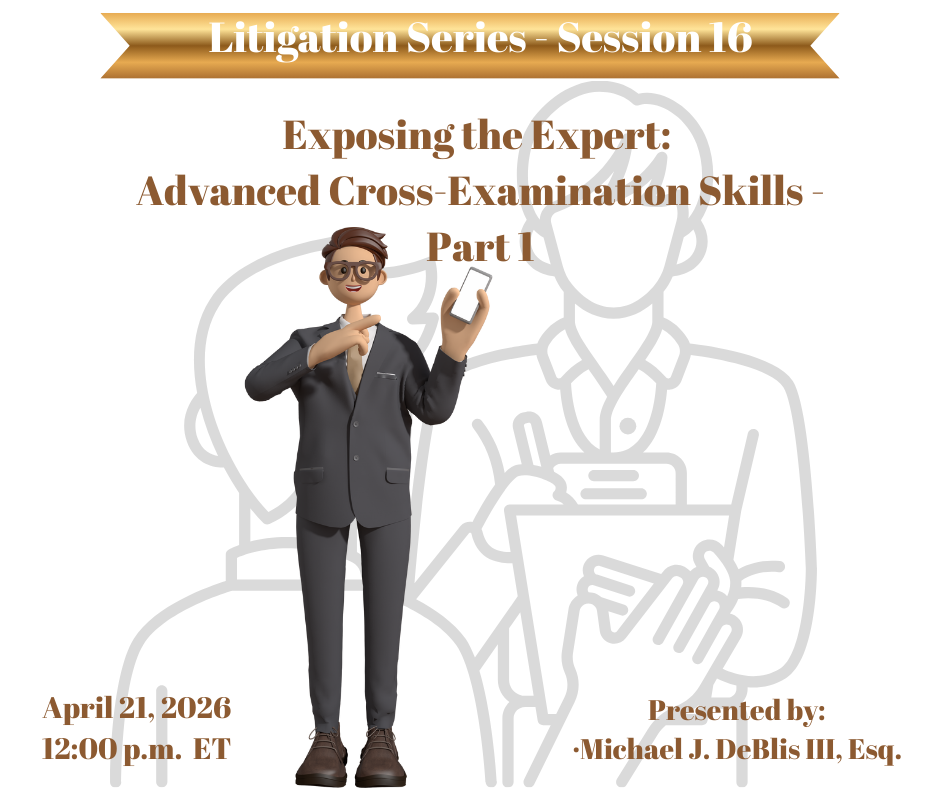
Part 1 - This program focuses specifically on cross?examining expert witnesses, whose credentials an...
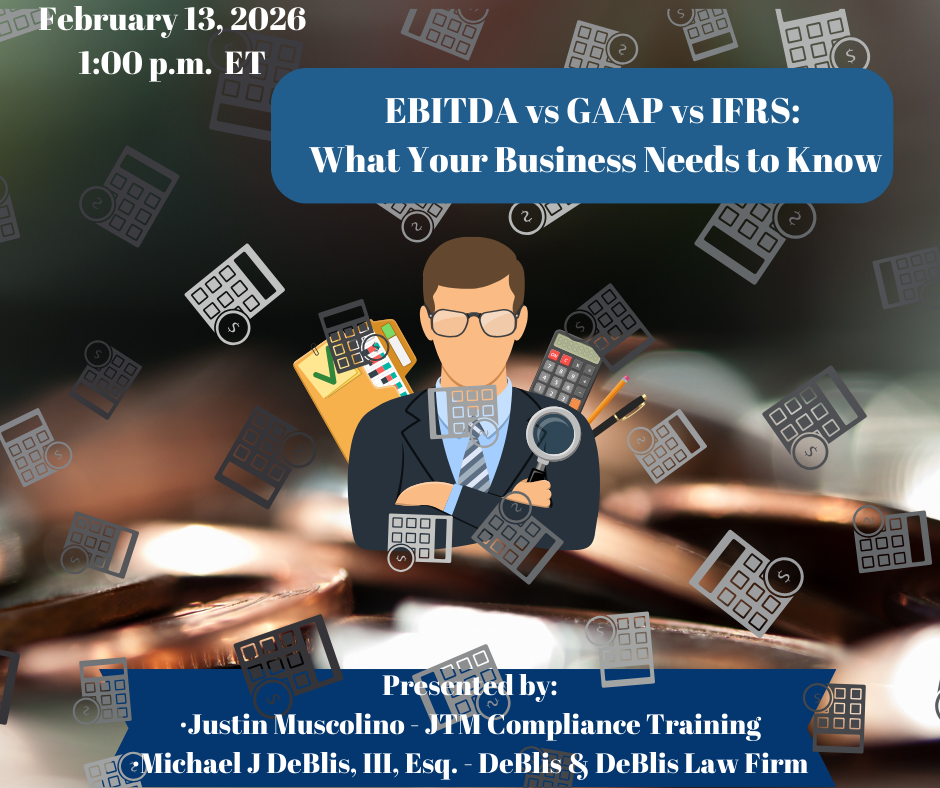
Tailored for attorneys, this training demystifies EBITDA and contrasts it with GAAP- and IFRS-based ...
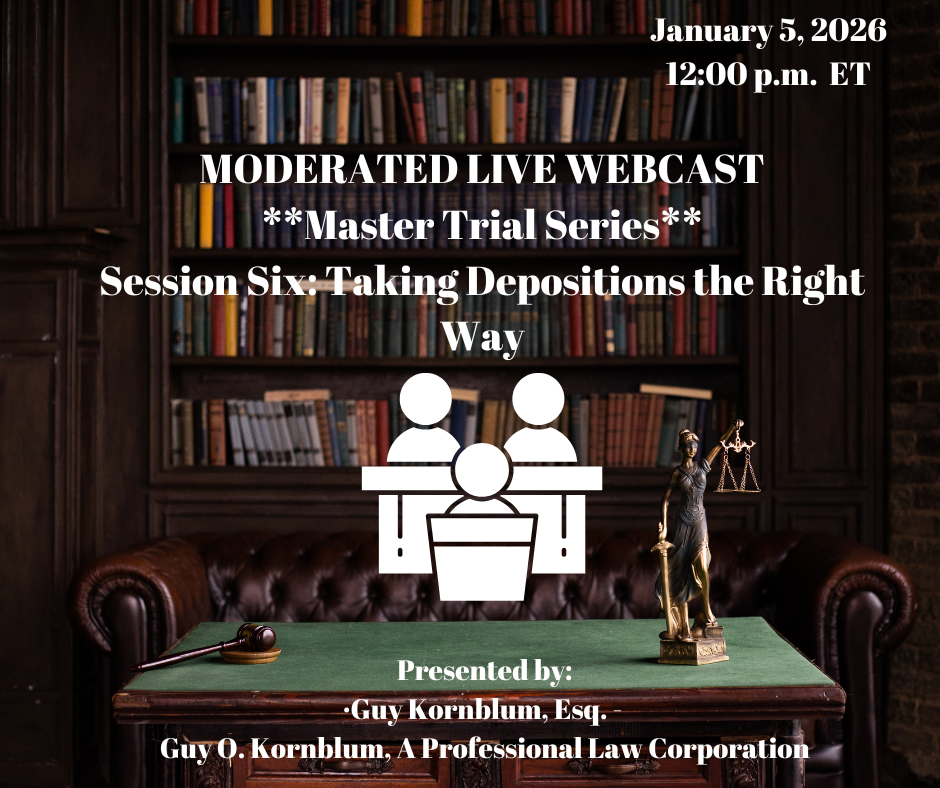
MODERATED-Session 6 of 10 - Mr. Kornblum, a highly experienced trial and litigation lawyer for over ...
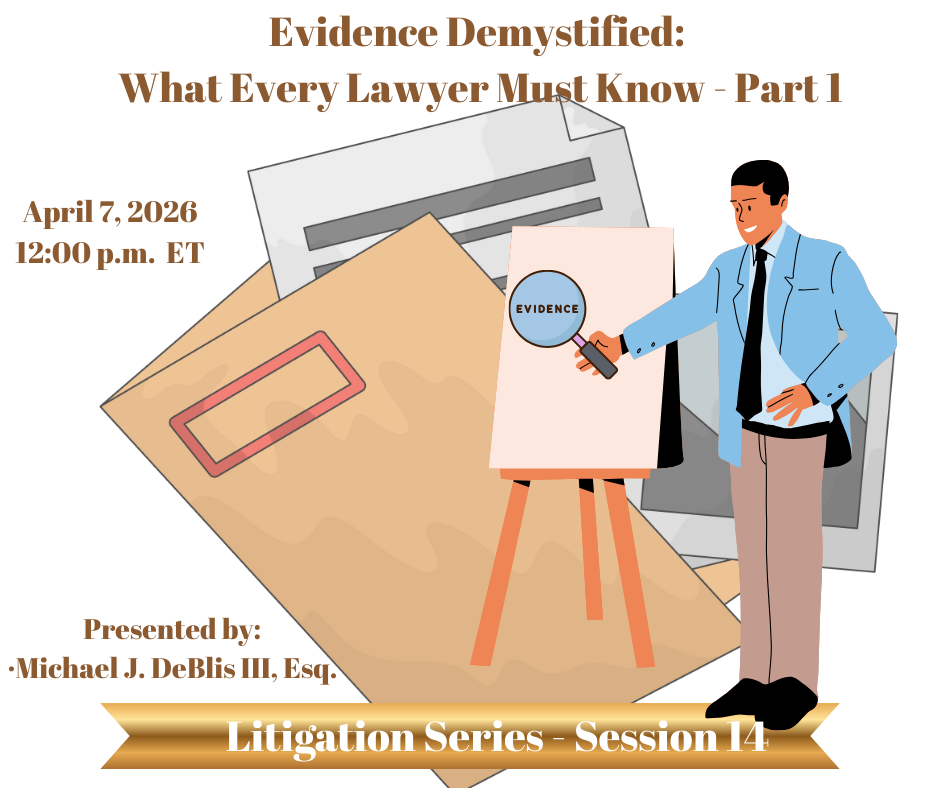
Evidence Demystified Part 1 introduces core evidentiary principles, including relevance, admissibili...

This CLE program covers the most recent changes affecting IRS information reporting, with emphasis o...
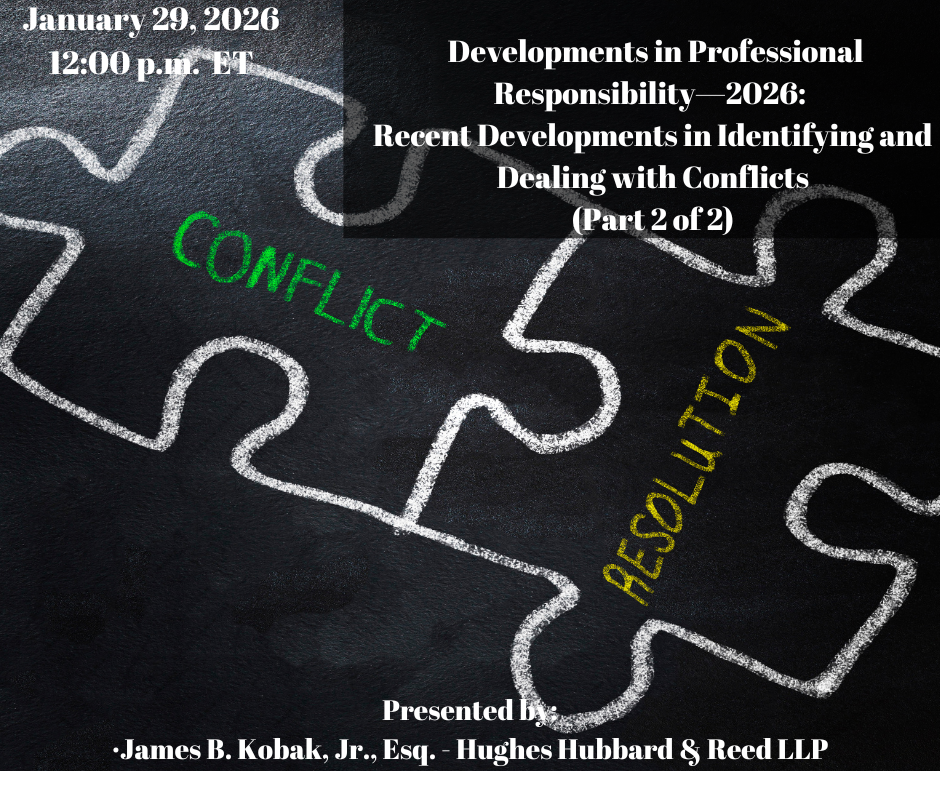
Part 2 of 2 - Lawyers at all levels of experience and even sophisticated law firms and general couns...

Mary Beth O'Connor will describe her personal history of 20 years of drug use and 30+ years of sobri...

This program explains the architecture of storytelling in the courtroom, using narrative arc, rhythm...
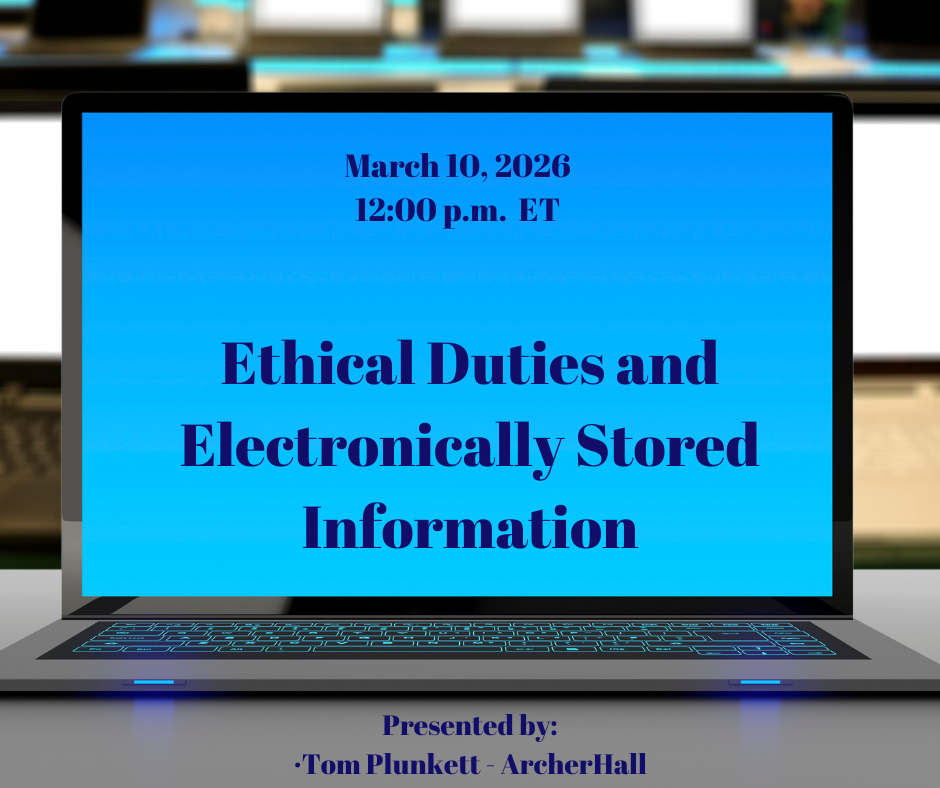
This CLE program examines attorneys’ ethical duties in managing electronically stored informat...